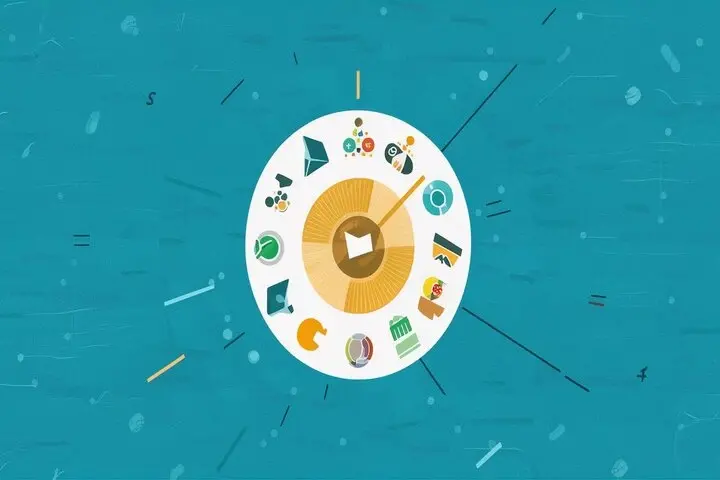
Getting 100 points boosts on your credit score from 650 and getting it to 700
Rising from a credit score of 650 to 700 can also influence your financial status in a great way. Any credit score above 700 ensures that you can be able to borrow money at lower interest rates on loans and credit cards.
Here is a guide that will help you understand on how to raise your credit score to a ‘good’ rating
1. Review Your Credit Reports
The first thing is to obtain a credit report which can be obtained from the three major bureaus in the country, namely Experian, TransUnion, and Equifax. You can obtain them once a year for free over the internet at www.annualcreditreport.com.
Scour the reports for problems that are costing you points, including errors such as late payments or accounts that are not yours. Challenge the credit bureaus and request for delistings in case of any discrepancies with them. This alone may see your score go a notch higher.
2. How to Improve Your Credit Score
The credit utilization ratio is the amount of money being utilized compared to the total available revolving credit. It is advisable to maintain this ratio below 30% as recommended by experts. If yours is higher, you can easily move it down by making extra payments, though you will have to do this repeatedly to sustain the new rate. Reduction of this ratio could be one of the most effective solutions for raising scores in the fair to good credit range.
For example, let’s imagine you have a $5000 credit limit on your credit card and you are currently indebted by $3000. If so, that would be a 60/40 credit utilization ratio. For instance, if $1,000 is paid extra towards the balance, you will get to the 30% utilization range which can push a score up by 50 points or even more.
3. Pay Down Balances
Another consideration to be mindful of is that having high balances on your credit card or any other type of revolving credit such as personal loans will hurt your score. Reduce balances due to lower the amount of debt which you use to carry forward to the next month. About 30% is a general guideline on the amount of credit that should be used on your credit cards. Use a score benefit to bring current balances to $0 to increase score benefits.
4. Diversify Credit Lines
Credit score models such as FICO and VantageScore improve your credit score if you have both the installment credit and the revolving credit. If you already have credit cards you can apply for a small personal or auto loan to give you that installment loan component to your credit. These applications don’t count as hard inquiries on the credit report for one year, but further hard inquiries from them in the same month will pull down the score by a couple of points in the initial few months.
5. If necessary, seek to obtain Secured Credit.
However, if you do not have a rich credit history, or if you have few credit accounts active, it is not easy to raise scores in a short span. When you apply for secured financial products where you need to make a cash deposit up front you are also able to build credit history. Two types of credit can be offered when unsecured credit is rejected; secured credit card as well as secured personal loans.
6. Avoid Closing Credit Cards
One of them is that closing unused credit cards is a good practice which however can negatively impact the score. This is the case because closing accounts reduces the total of the credit facilities available to the user as a way of accessing credit, and this is credit utilization. The only exception, of course, is if there is an annual fee of, let’s say, $100 on a card and a credit limit of $500, then it is better to keep that old account open. Of course, you should ensure that you don’t fall for the temptation of using those cards to buy things that you don’t need and end up incurring more debt on them.
7. Check Your Credit Reports Once Again
After you have reduced your credit utilization ratio, ensured you have a blend of credit products, and have been paying your bills on time for about six months then it’s time to check your credit reports again. Unfortunately, many of the positive scoring changes may take nearly half a year to be reflected in the top three credit bureau reports backed by your hard work. By now, you should see your score elevated to the very good to excellent classification. Well done!
That is why, it is highly recommended that anyone who needs to shift their score to the next level above 70 points is to add positive information on their reports while reducing the negative entries. It is very important to be as patient as well as consistently persistent and diligent, always keeping an eye on how far one has gotten in completing the algorithms or tasks at hand. If you can remain attentive and hardworking for roughly six months, attaining the score target should not be all that difficult.
Call now for expert credit repair services: (888) 803-7889
Read More:
How much does it cost to fix your credit?
How do I get late payments removed from my credit report?
What is a 609 letter to remove late payments?
How rare is an 800-credit score?




